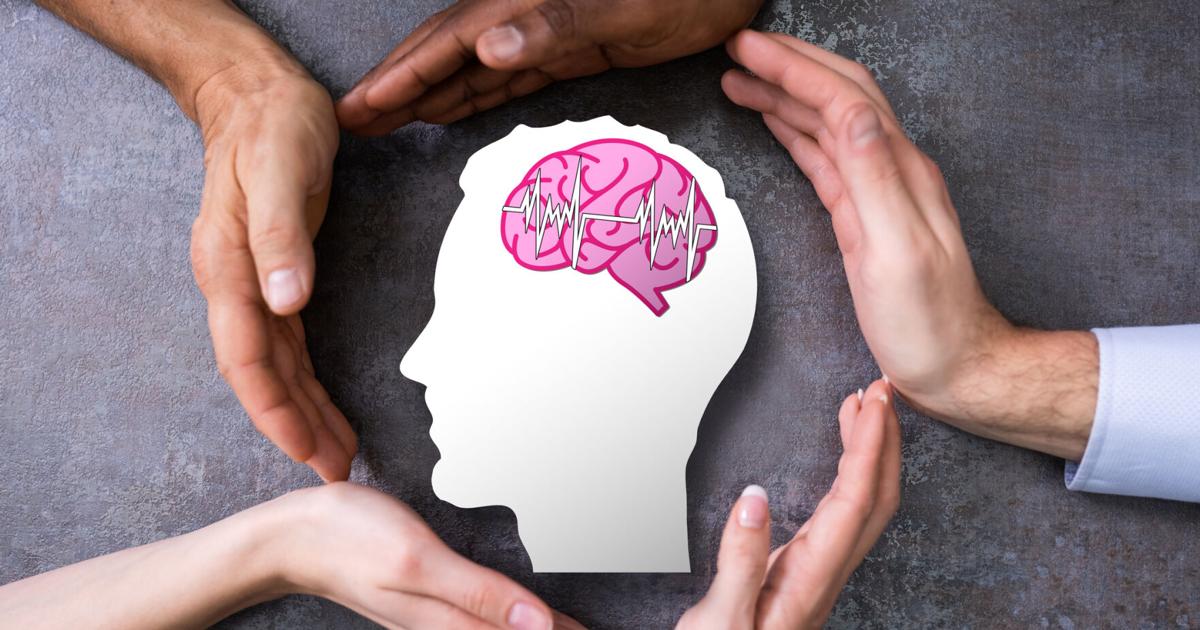Copyright Baton Rouge Advocate

Are there distinguishing characteristics between the terminology used in health care delivery and quality improvement of person-directed care, person-centered care, and/or patient-directed care? The terminology is definitely confusing. By changing the language, all the phrases emphasize that individuals are more than diseases and their socioeconomic determinants can affect their disease trajectories and care choices. It is important to distinguish the terminology because the anticipated outcomes and measuring their outcomes will also differ. While often used interchangeably, patient-centered care. person-centered care and person-directed care have subtle differences in emphasis and scope. Patient-centered care focuses on the individual patient as a medical consumer and emphasizes the patient’s specific health needs, preferences and values. It aims to empower patients to make informed decisions about their health and treatment and also involves the patient in the planning and coordination of their care. The goal of person-centered care is to enable a meaningful life, while the goal of patient-centered care is to improve the patient's health outcomes. An example of patient-centered care would be a patient and a doctor together creating an individualized wellness plan, considering the patient’s background and values. Person-centered care, however, takes a broader view of the individual, considering their physical, emotional, social and spiritual well-being. This terminology recognizes that health is influenced by factors beyond medical conditions, such as lifestyle, environment and social support. It aims to enable the individual to live a meaningful and fulfilling life, not just to manage the individual’s illness. And, person-centered care involves the individual, their family, and other stakeholders in the care process. An example of person-centered care is having the staff take time to understand the individual’s personal history and social world so as to create a supportive and meaningful care environment. Person-directed care goes furthest by placing the individual in full control of their care decisions, acting as the primary director of their own life and well-being. With person-directed care, all decisions belong in the hands of the person receiving the care, and staff organize schedules and assignments to reflect the preferences of the individuals. This improves the quality of life for all individuals and staff care partners. With person-directed care, staff satisfaction increases along with all the benefits of meaningful and fulfilling relationships for everyone. Some professionals in the health care industry prefer the terminology of person-directed care because it emphasizes working with the individual who is directing the care. An example (given by the Culture Change Network of Georgia) of person-directed care is when the individual in a care facility makes decisions about their own daily activities, meal choices and personal routines without requiring professional approval. There are very subtle differences in all the terminologies used and typically health care professionals make the decision what name will be attached to the individual’s care approach program. Whatever the terminology used — patient-centered, person-centered or person-directed — key principles are that individuals have the authority to make decisions about their own care and daily life activities, using personalized care plans, and that the care approach upholds the unique values and identity of each individual.



